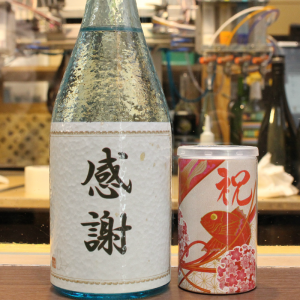
Design your Original Sake Bottle at “KAYOIGURA”
May. 23. 2017 writer
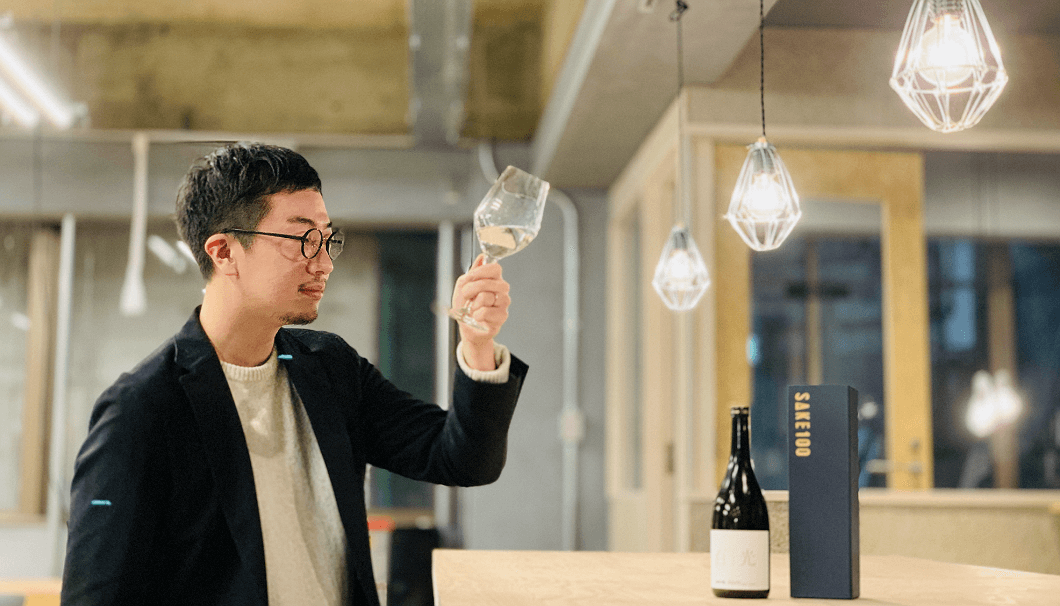

We sit down with sake entrepreneur (and enthusiast!) Ryuji Ikoma to learn more about his luxury sake brand, SAKE100, his own sake journey, and the state of the drink today.
Ryuji Ikoma remembers his first experience with sake all too well.
“I was in college and an older student put some sake in front of me and just commanded: ‘Drink it!’ I drank a lot and had a nasty hangover the next day,” the Clear Inc. boss and sake evangelist recalls with a dry chuckle. “I remember thinking, sake’s not even that good, it’s bad for you. I’ll never touch this stuff again.”
Considering Mr. Ikoma runs a website advocating for sake’s rightful place among mainstream beverages and has tirelessly toured Japan’s sake breweries looking for the very best to partner with for his luxury sake brand (more on that later), it’s clear Ikoma’s views on the drink have changed.
Only a few years after that first traumatizing experience, Ikoma found his sake epiphany under surprisingly similar circumstances. “After graduating, a friend of mine – a guy who really loves sake – said to me, ‘Really good sake is out there. I’m positive I can win you over. Trust me.’ I told him, ‘Sorry, I just really don’t like sake.’ But he was adamant, so reluctantly, I played along. He brought out a bottle of Kouro, from Kumamoto.”
“It was delicious!” Ikoma exclaims, giddy with the memory of his first brush with the good stuff.
“It was the exact opposite of every sake experience I’d had up to that point. Kouro was mellow, rich, and sophisticated. I thought, Wow! If this exists, how many more wonderful, delicious sake are out there in Japan that the world has yet to discover?”
And just like that, Ikoma became not only a sake believer, but a sake evangelist, starting SAKETIMES (the website you’re reading) to spread the gospel of sake and embark on a journey to find the best that Japan’s sake breweries had to offer.
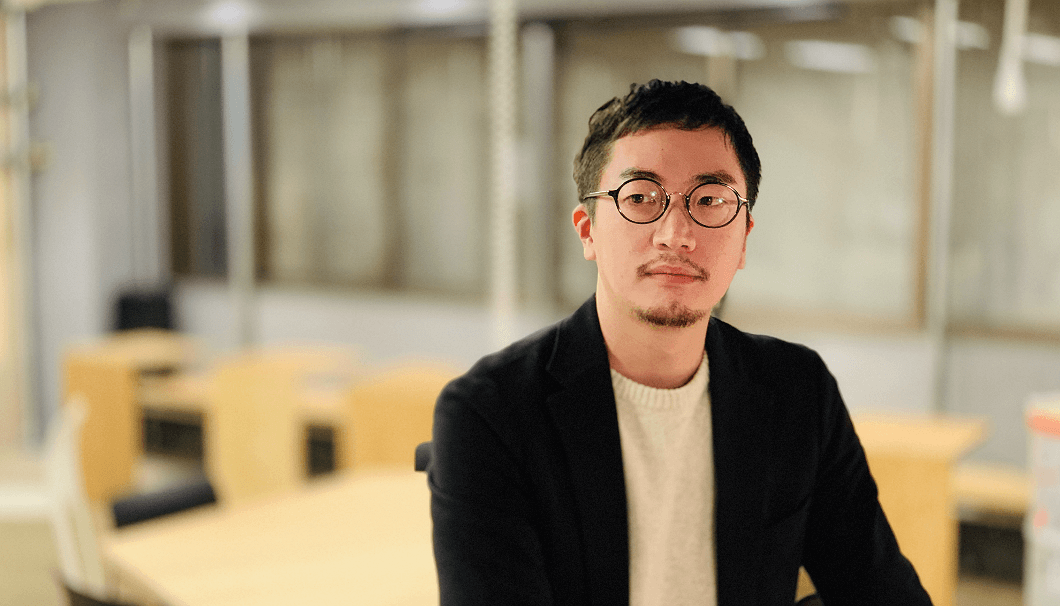 Clear, Inc. CEO and SAKE100 mastermind Ryuji Ikoma
Clear, Inc. CEO and SAKE100 mastermind Ryuji Ikoma
Ikoma established Clear Inc. in 2013. He launched SAKETIMES in 2014, as he felt that the first step was to provide to the masses with a proper source of information about the beverage, a platform for educating several generation of Japanese. Ikoma and SAKETIMES’ writers, over the course of four years, have visited and covered a staggering 400-plus sake breweries, building both abundant sake knowledge and a wide-ranging sake network – all leading up to the 2018 launch of the luxury sake brand, SAKE100 (pronounced “sake hundred”).
Ikoma’s SAKE100 is the ultimate manifestation of the man’s sake mission; a luxury sake brand cultivated in partnership with Japan’s most inspiring breweries, producing bottles for the label in categories that the collaborating breweries specifically excel in.
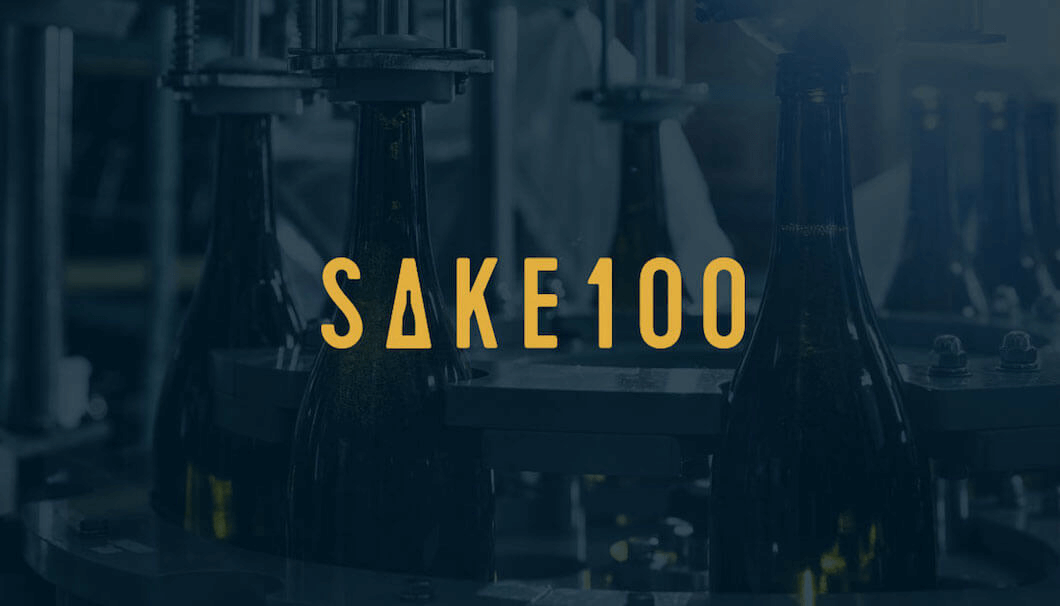 The SAKE100 logo. The “A” enshrines the image of a sake bottle, while Ikoma says the “100” is to invoke a sake that won’t lose its luster, even over 100 years’ time.
The SAKE100 logo. The “A” enshrines the image of a sake bottle, while Ikoma says the “100” is to invoke a sake that won’t lose its luster, even over 100 years’ time.
“SAKE100 equates to ‘One Bottle, One Hundred Years of Pride.’ It’s a lineup of all-original sake labels,” Ikoma says. “We’re creating incredible sake from the ground up. Each and every bottle is best in class.”
“One of the greatest things about sake is that there’s so much variety. From sweet to dry, mild to rich, earthy to tangy, with sake made to be matured long-term, and sparkling sake crafted with the level of quality and care you find in fine champagne. Sadly, most people have still only experienced a very narrow range of what’s out there and the market has yet to develop to a point where sake of every style is appreciated and valued accordingly. SAKE100 is setting out to remedy that.”
“There are around 1,500 sake breweries throughout Japan and each has their specialties. One may craft an unparalleled balance of umami. Another may be mastering sour brews. What we’re doing is reaching out to master brewers that excel in their own category and emphasizing to them: ‘Only you can make a sake like this. We want to work with you and empower you to do what it is that you do better than anyone else.'”
“It feels kind of like writing love letters,” Ikoma laughs.
His passionate pitch and dedication to these producers have gained SAKE100 a network of breweries that are now bringing to fruition a line of utterly unique, top tier sake labels.
Yet despite all this talk of SAKE100’s luxury credentials, “luxury” is a category that has yet to establish itself in any real meaningful way in the current sake market, both in Japan and abroad. Unlike wine and certain other spirits, sake hasn’t historically commanded eye-bulging premium price tags; even bottles of legitimately top-quality sake that earn a high theoretical asking price sell at cut-rate figures compared to their grape-based distant cousins. In Japan, most breweries struggle to sell anything more than 2,000 yen (about $18 US). Ikoma thinks luxury sake – the real quality stuff – deserves to be valued at what it’s worth, but that requires side-stepping decades of industry politics.
“[In Japan,] more than the maker determining the price, izakaya (Japanese dining establishments) and wholesaling liquor stores have a stronger hand in the equation,” Ikoma explains. “The sake goes from brewer, to wholesaler, to izakaya. The izakaya and the wholesalers demand cost performance based on long-held market standards which don’t reflect the realities of the current beverage and dining market. They’ll go back to the manufacturer with, ‘It’s gotta be cheaper,’ ‘No one’s going to buy something for 3,000 yen.'”
As most sake producers historically have little to no experience in marketing their product and pricing it accordingly as a result of this long-held relationship with the wholesalers, makers are generally tethered to the current system for survival, with no choice but to acquiesce to these demands, further resulting in a market that favors lower costs, irrespective of whether a particular sake has market potential for a price tag more befitting its quality.
With SAKE100, Ikoma’s found a stunningly simple way to break the mold: online retail direct to the consumer. Working in tandem with breweries and cutting out the middle man, Clear Inc. not only avoids market fluctuations dictating prices, it also delivers sake that’s shipped from source to buyer in strictly temperature-controlled environments, without having to worry about how the product is handled at the various links along the chain. While hardly groundbreaking, for an industry being stifled by culturally accepted standards and the long-held political relationships that go along with them, in the world of sake, direct-to-consumer is revolutionary.
Speaking of sources, Ikoma thinks there’s a strong case to be made that a sake’s terroir – the wine-centric buzzword equating to a “sense of place”, used to describe ethereal flavor qualities stemming from provenance – in addition to myriad other factors contributing to quality, all have room to influence and determine the asking price of a bottle of sake, just like wine:
“When people talk wine, you hear the word terroir a lot. Let’s say you’ve got a rice field that’s been carefully nurtured for hundreds of years. While it isn’t going to perfectly equate to the relationship between the vine and the bottle, the reality is that those rice fields are going to produce something special. There are sake breweries that, despite industry challenges, have managed to either maintain or create this sort of relationship with specific rice fields for a reason. That’s completely different from a place that’s ordering rice on demand, as has become standard throughout much of the industry.”
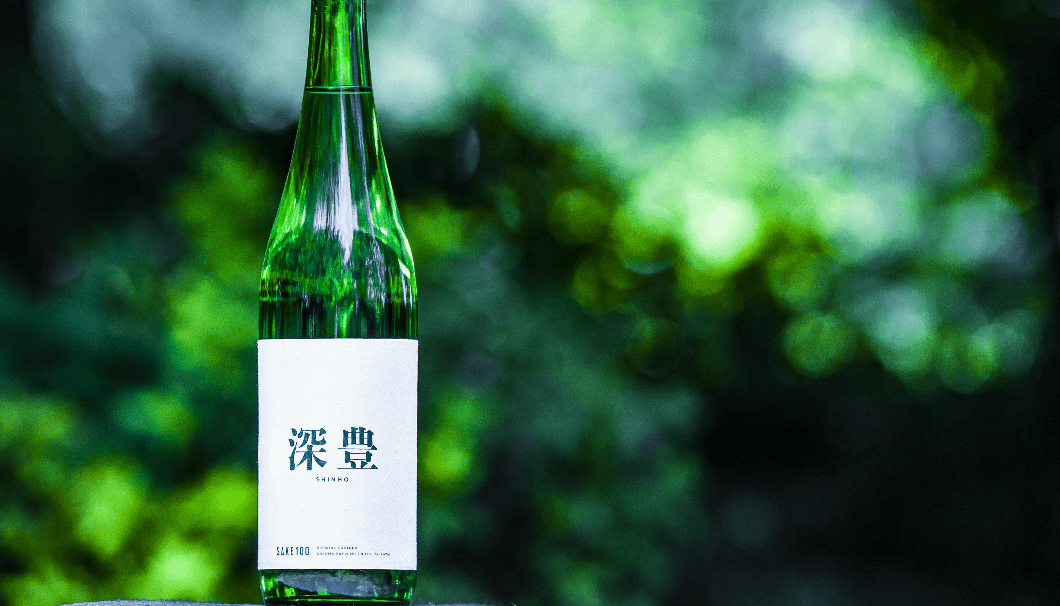 深豊 -Shinho-, a SAKE100 junmai label made from sake rice grown on a once-abandoned rice field, giving drinkers a taste of new beginnings.
深豊 -Shinho-, a SAKE100 junmai label made from sake rice grown on a once-abandoned rice field, giving drinkers a taste of new beginnings.
Also, despite a long history of being treasured for its magnificent character, a complex history and a series of communication missteps has kept aged sake, often referred to as koshu – brews carefully matured over years with the intent to produce nuanced flavors and aroma profiles – this type of sake has failed to communicate the value of well-crafted vintages in the way that wine and other highly-valued spirits have found great success. Ikoma thinks that the day for well-matured sake to get the recognition it deserves is finally upon us:
“There are certain sake, just like wine, that only improve with age. There are sake that are better after five, 10, 15, 20 years. ‘Vintage’ is a word that tends to come up with wine, but it’s arguably just as true for sake. Depending upon the nature of the sake, each is going to mature better under unique and specific conditions,” Ikoma explains.
“You put all these things together and you have in sake a product with more than enough variables and nearly infinite untapped potential to communicate a breadth of value on par with what you would find in, for example, the wine market,” he concludes.
With SAKE100, Ikoma aims to raise the bar for how we talk and think about sake, not only in Japan, but worldwide. SAKE100 is currently available in Japan and in preparation for further availability across international markets through a dedicated retail site and, eventually, luxury dining establishments.
But, there’s still a problem with the way sake is talked about and enjoyed in countries outside Japan that could severely limit SAKE100’s scope without a major sea change: sake is still seen abroad almost exclusively as a novelty to be enjoyed alongside Japanese food. Sushi and sashimi are still the default pairing for sake internationally.
Ikoma thinks this limiting view of sake deprives drinkers of enjoying the beverage’s versatility and complex flavors that complement a wide variety of foods: “We need to change that perception. Sake pairs incredibly well with foods outside of the typical sushi and sashimi. Spanish, French, Italian; even hamburgers, curry, or kimchi. Just like wine has all these varieties, there are as many varieties of sake. Regardless of what kind of food you’re looking at, there’s a sake to complement it. It’s great with pizza, too!”
SAKE100’s lineup will encapsulate this deep variety of sake, Ikoma tells us, ensuring consumers can pair with ease.
“Our flagship is our Byakko label. Maybe you’ve heard that, when making sake, you polish the outer layer of rice away. The more you polish away, the more refined, better-tasting the sake becomes. The junmai daiginjo category is well-known for this process, and you’ve got famous labels like Dassai that are using rice polished down to about 23% of the original grain. Byakko is made with rice polished away to 18%. Our brewery for Byakko crafts only junmai daiginjo-style sake. That’s their specialty and it’s the only brewery of its kind in Japan.”
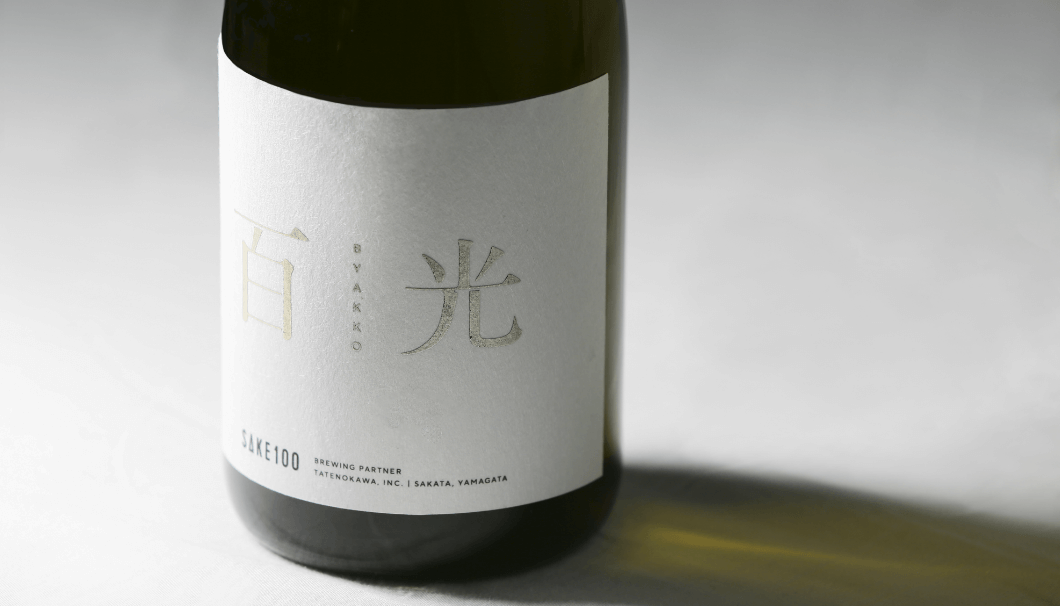 百光 -Byakko-, SAKE100’s flagship label. A limited run for crowdfunding backers met its funding goal in just three hours.
百光 -Byakko-, SAKE100’s flagship label. A limited run for crowdfunding backers met its funding goal in just three hours.
“And, speaking of different pairings, we were taking a page from the wine textbook and released a dessert sake, as well. In January 2019 we plan to release a 25-year aged sake. That’s going to be a real treat, as its amazingly complex. All our varieties will have their own very unique traits. But we’re not shooting for 100 or 200 labels. We want to cap it at 10 to 15. We want to be able to say, ‘These are the all-stars of sake. These represent the best sake has to offer.'”
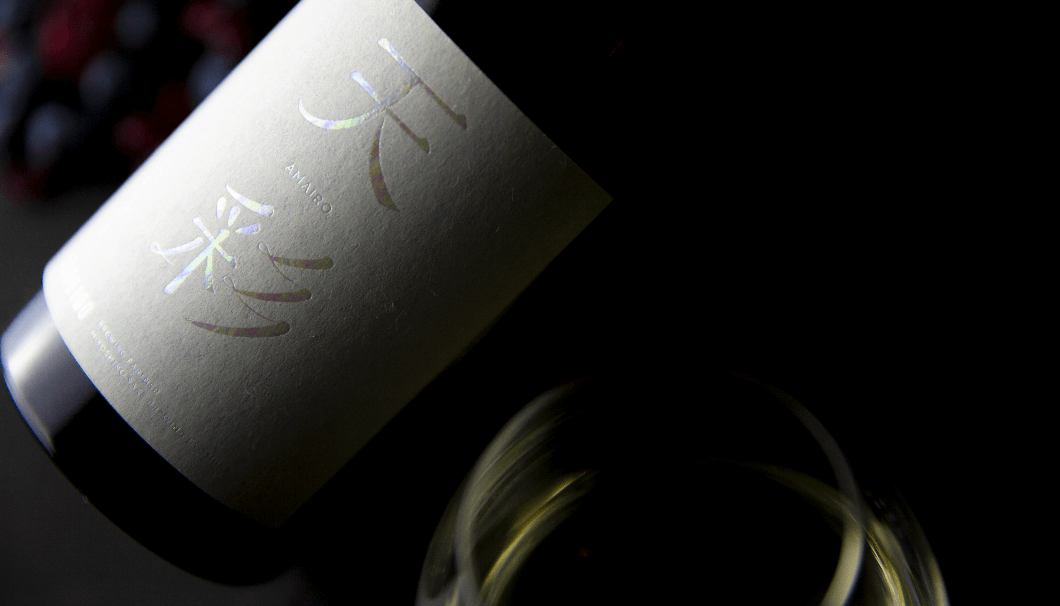 SAKE100’s 天彩 -Amairo- dessert sake – a rich, sweet sake with a hint of tanginess evocative of natural honey.
SAKE100’s 天彩 -Amairo- dessert sake – a rich, sweet sake with a hint of tanginess evocative of natural honey.
Bringing a discerning eye, unparalleled enthusiasm and a willingness to stop at nothing to find and partner with Japan’s best sake breweries, Mr. Ikoma is setting the stage for SAKE100 to write the next act in the sake drama that has been playing out over millenia. But, really, it’s how sake plays a part in the consumers’ own story that determines its true value. With that in mind, we asked Ikoma to picture the ideal setting for enjoying a bottle from the SAKE100 lineup:
“On an anniversary with the love of your life,” he begins. “Instead of going out, you cook something at home for just the two of you. You’ve got a bottle of Byakko in the refrigerator, so you pull it out and share a toast. That’s the kind of situation I want people to drink our sake in – those truly important days; birthdays, hosting loved ones, whenever you want to deliver something really special to the people you care about and spend some quality time with them.”
Despite more recent attention abroad, sake and the SAKE100 brand face an uphill battle in competing with traditional “global” beverages like wine and whiskey. But, sitting down with Ryuji Ikoma, it’s also clear that, in him, sake has an enthusiastic and staunch advocate that truly wants the world to give the drink a chance – like he did, years ago.
Asked for parting remarks, Ikoma says: “It’s not that sake’s not appealing. It’s that the world has yet to know its appeal. Someone has to spread the word, but that’s challenging. It takes time and money. That’s what our startup is here for. We’re creating a culture of sake.”
SAKE100 is available for order at the official website here.
*SAKE100 was created by SAKETIMES parent company, Clear Inc., of which Ryuji Ikoma serves as CEO.
Comments